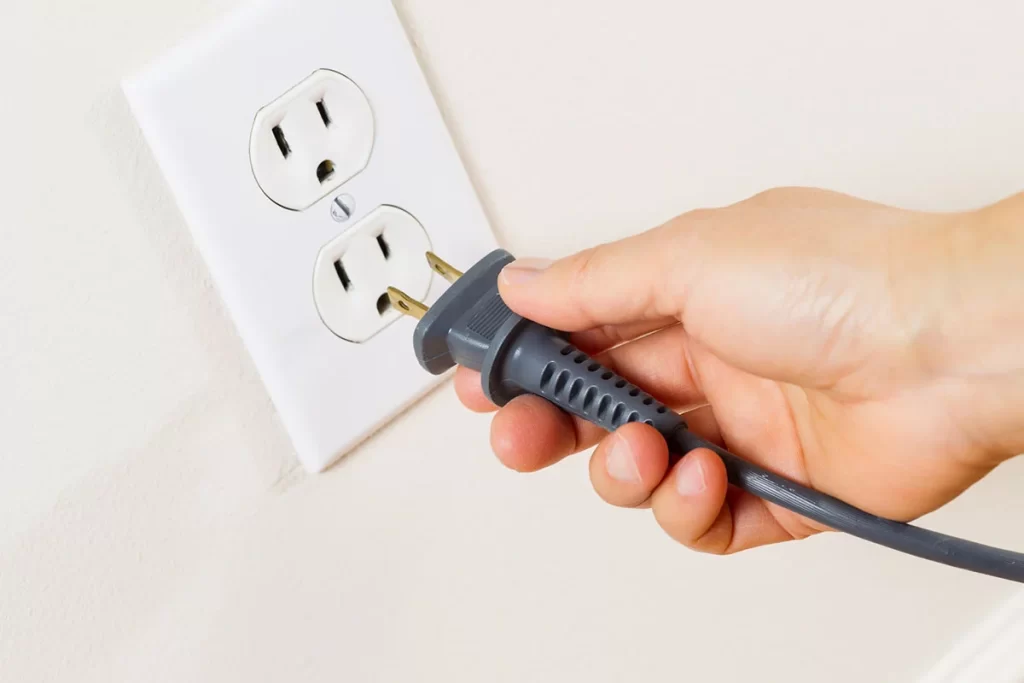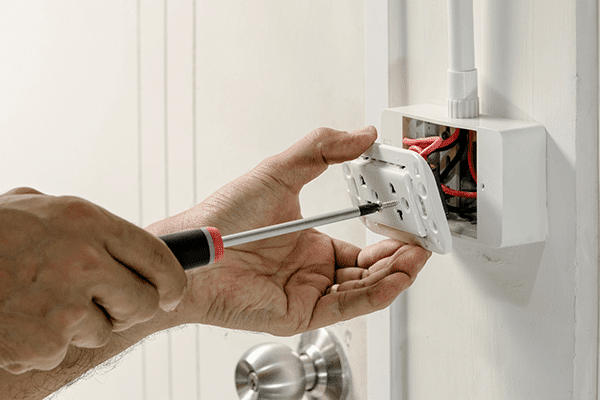
Receptacle Outlet Dos and Don’ts – In the realm of electrical installations, understanding the dos and don’ts of receptacle outlets is paramount for safety, functionality, and compliance with electrical codes. Receptacle outlets, commonly known as electrical sockets or power outlets, are ubiquitous in our homes, offices, and public spaces. However, their proper installation and usage are often overlooked. This article aims to shed light on the dos and don’ts of receptacle outlets to empower individuals with the knowledge needed to create a safer and more efficient electrical environment.
Dos:
Follow Electrical Codes:
Adhering to local electrical codes is the foundation of safe electrical installations. These codes are designed to ensure that electrical work meets specific safety standards. Moreover, before embarking on any electrical project, familiarize yourself with the relevant codes in your area and obtain the necessary permits.
Install Ground Fault Circuit Interrupters (GFCIs):
GFCIs are crucial for preventing electrical shocks and protecting against electrical fires. Install GFCIs in areas where water and electricity may come into contact, such as kitchens, bathrooms, and outdoor spaces. In addition, regularly test GFCIs to ensure they are functioning correctly.
Use Tamper-Resistant Outlets
Tamper-resistant outlets are designed to prevent children from inserting objects into the receptacle openings. They have built-in shutters that only open when equal pressure is applied to both sides simultaneously. Most importantly, consider using tamper-resistant outlets in homes with young children to enhance safety.
Choose the Right Outlet Type
Different areas of your home or office may require specific types of outlets. For instance, consider using weather-resistant outlets for outdoor spaces, while dedicated outlets for large appliances like refrigerators are also recommended. Further, adhering to these guidelines ensures that your electrical system is tailored to meet the demands of various environments.
Receptacle Outlet Dos and Don’ts-Secure Outlets Properly:
Ensure that outlets are securely anchored to the wall or junction box. Loose outlets can pose a safety hazard and may result in electrical failures. Most important, tighten screws securely but avoid over-tightening, as this may damage the outlet or the wall material.
Install AFCIs in Living Spaces:
Arc Fault Circuit Interrupters (AFCIs) are essential in living spaces such as bedrooms and living rooms. Moreover, they provide an extra layer of protection by detecting and mitigating the risk of electrical arcing, a common cause of electrical fires.
Use Outlets with USB Ports Safely:
USB-equipped outlets have become popular for charging electronic devices. If you choose outlets with USB ports, ensure they are installed according to the manufacturer’s instructions. Avoid overloading USB outlets, and if problems arise, consult a qualified electrician.
Don’ts:
Overload Circuits:
One of the most common mistakes is overloading circuits by connecting too many devices to a single outlet. This can lead to overheating, tripped circuit breakers, and even electrical fires. Distribute electrical loads evenly across multiple outlets and circuits.
Ignore Signs of Wear and Tear:
Regularly inspect outlets for signs of wear, discoloration, or damage. If you notice any issues, such as sparking, overheating, or a burning smell, address them immediately. Ignoring these warning signs can result in dangerous electrical failures.
Use Outlets in Wet Areas Without Protection:
Water and electricity are a dangerous combination. Avoid using standard outlets in areas prone to moisture, such as kitchens, bathrooms, and outdoor spaces. Install GFCIs or weather-resistant outlets to mitigate the risk of electrical shocks.
DIY Without Proper Knowledge:
While there are minor electrical tasks that homeowners can tackle, complex installations and repairs should be left to qualified electricians. Additionally, DIY electrical work without the necessary knowledge and skills can lead to serious safety hazards.
Connect Aluminum Wiring to Copper Outlets Directly:
If your home has aluminum wiring, avoid connecting it directly to copper outlets. The dissimilar metals can lead to corrosion and pose a fire risk. Consult with a professional electrician to address any concerns related to aluminum wiring.
Use Outlets as Junction Boxes:
Outlets are not designed to be used as junction boxes for connecting multiple wires. Using outlets in this manner can lead to overheating and increased fire risk. Instead, use proper junction boxes and follow best practices for wire connections.
Receptacle Outlet Dos and Don’ts-Ignore Outlet Placement Guidelines:
Consider the intended use of each room when determining outlet placement. Further, avoid placing outlets too close to water sources or in areas where furniture may obstruct access. Equally important, following guidelines for outlet placement enhances convenience and safety.
Receptacle Outlet Dos and Don’ts – Conclusion:
Mastering the dos and don’ts of receptacle outlets is crucial for creating a safe and efficient electrical environment. Whether you are tackling a new installation or addressing issues in an existing system, following electrical codes, using the right outlets for specific applications, and prioritizing safety is key. Moreover, By adhering to these guidelines, you can ensure that your electrical system not only meets regulatory standards but also provides a secure and reliable power supply for your home or workplace. Above all, remember when in doubt, consult with a qualified electrician to ensure the proper functioning and safety of your electrical installations.

